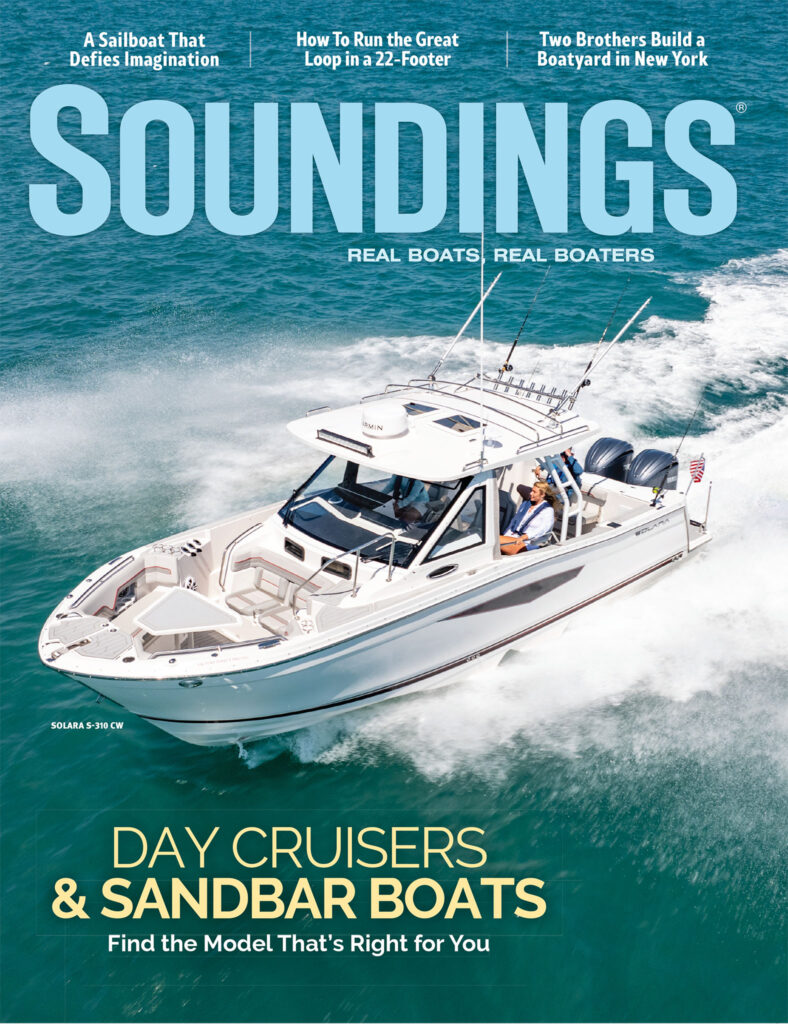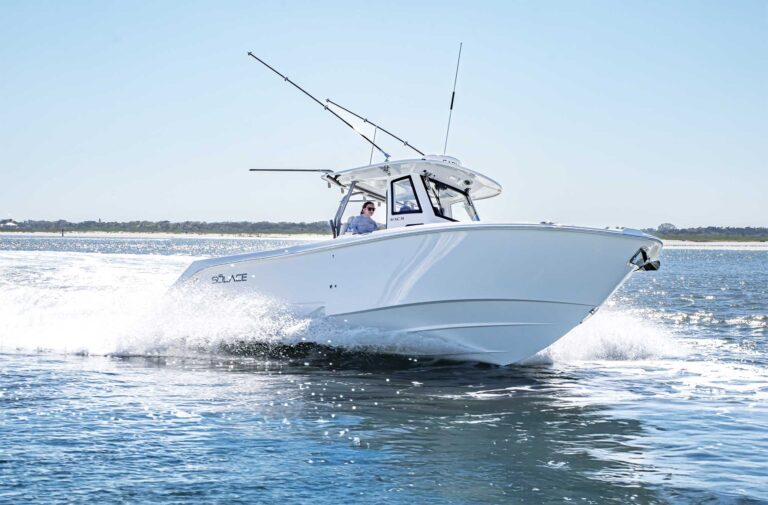For decades, boatbuilder Gus Heinrichs continued the tradition of Barnegat Bay’s most famous duck-hunting boat, the sneakbox.
Heinrichs died Jan. 27, but his legacy will live on at the Tuckerton (N.J.) Seaport.

“Gus Heinrichs was essential to the whole beginning concept of the Tuckerton Seaport,” says Tuckerton Seaport executive director Paul Hart, 62. “We will greatly miss Gus, but the [Barnegat Bay] tradition continues. By keeping his traditions alive we honor him, and the men and women who live in the bay area.”
Born Aug. 8, 1931, Gus Heinrichs was born into a family tradition. His grandfather owned and operated a boatyard and marine railway on Tuckerton Creek until the 1940s, says Hart. Heinrichs’ father, Gustave, built and sold sneakboxes until his death in 1972. Hart recalls that Heinrichs’ father hoped that at least one of his sons would carry on the sneakbox tradition, but Heinrichs put his carpentry skills to work building houses — a more lucrative profession. It was a challenge that pointed Heinrichs back toward his roots.
“In 1984, at the first Ocean County Decoy and Gunning Show, Gus Heinrichs was admiring a sneakbox when a local fellow chided him, ‘Hey Gus, you can’t build a boat anyway, you’re a house builder,’ ” says Hart. “Gus answered the challenge by building a sneakbox, which took third place at the show the next year.”
Over the years, Heinrichs won several honors for his craft, including the Hurley Conklin award in 1999, which the Ocean County Decoy & Gunning Show gives annually to those who best represent the Barnegat Bay tradition.
The sneakbox is a light, one-person skiff, developed around 1836 in West Creek, N.J., about five miles from Tuckerton Seaport, according to Hart. As its name suggests, the shallow-hulled boat was designed to sneak up on ducks in the shallow marsh areas — or “meadows” as the locals call them — of Barnegat Bay.
“Its spoon-shaped hull enables it to glide through areas marked as land on coastal maps,” says Hart.
The sneakbox is usually constructed from oak or cedar ribs with white “Jersey” cedar planking, and generally runs about 12 feet long and 4 feet wide.
Maneuverability was a necessity for duck hunters in the Bay, according to Hart, so the boat has a freeboard of only about 7 inches, draws little water and most models can be pulled ashore by a single person. Boats often included runners along the bottom of the hull ease the boat’s travel across mud or ice.
For information on Tuckerton Seaport, visit www.tuckertonseaport.org.
This article originally appeared in the Mid-Atlantic Home Waters Section of the July 2009 issue.










